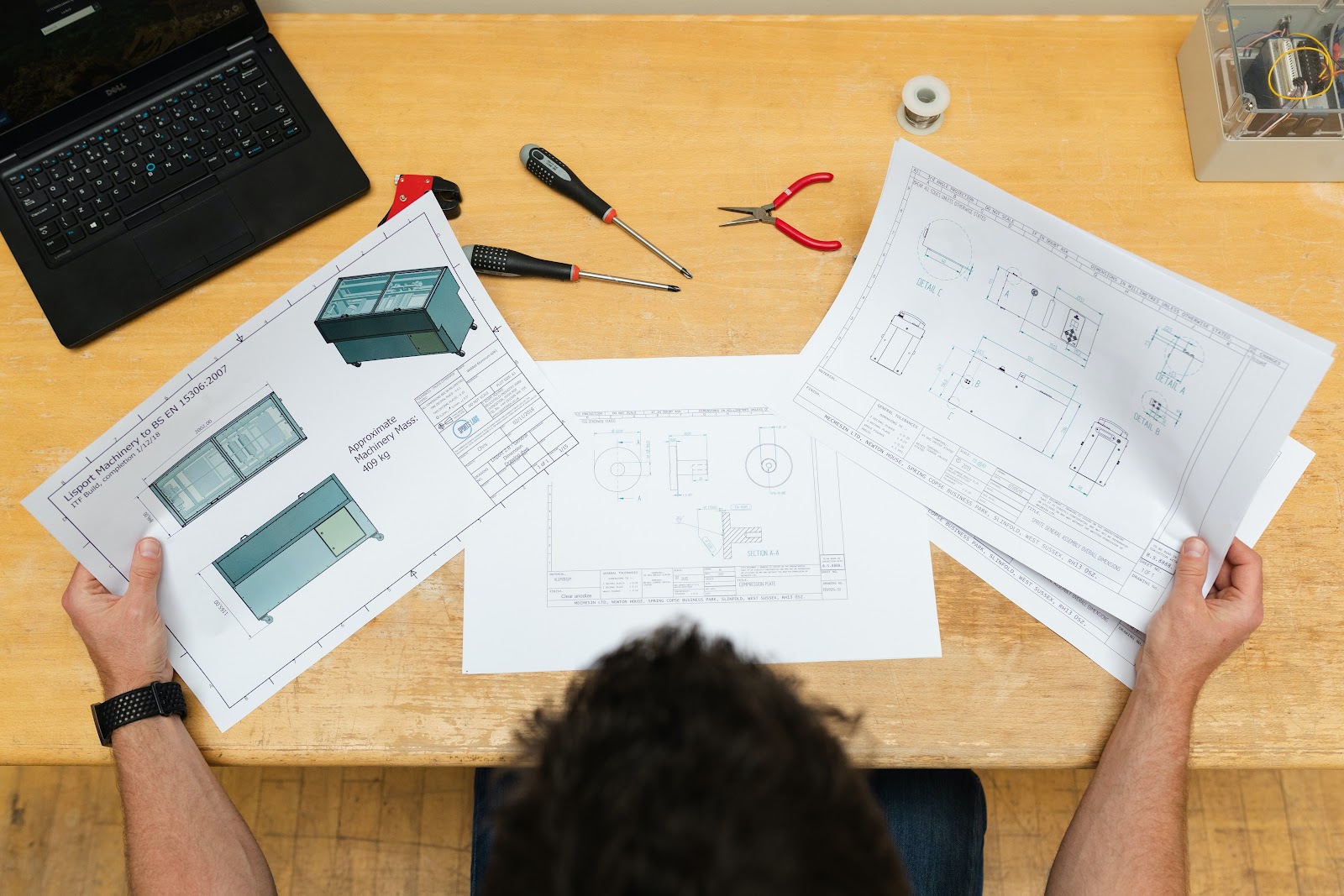Did you know that construction accounting skill is necessary for running a successful construction business? Accounting provides the data you need to make great decisions in your construction business. Therefore, instituting proper accounting procedures enhances transparency, provides vital information and drives business growth.
Do you want to learn how to do construction accounting? Search no further! This article will walk you through the step-by-step guide on how to do accounting for your construction business.
How does construction accounting work? What tools do you need for proper accounting? Read on for a detailed insight into how to do accounting for a building project and the tools you need to get things done correctly.
Let’s dive right into it!
How to Do Construction Accounting [ A Step-By-Step Guide]

Accounting for a construction business is different from regular accounting due to the complex business structure. Given the wide range of service categories, keeping track of things can be overwhelming.
The complexity of the construction business requires special accounting processes. We’ve broken down these complex processes into a 7-step guide. Here’re the 7 steps of construction accounting:
- Step 1: Get a Construction Accounting Software
- Step 2: Integrate a Data Collection Tool
- Step 3: Implement a Day-to-Day Data Collection Policy
- Step 4: Analyse and Categorize Different Types of Costs
- Step 5: Track Cash Flow
- Step 6: Reconcile Financial Statements
- Step 7: Implement a Tax Strategy
Step 1: Get a Construction Accounting Software
Doing accounting for your construction projects without automation is tedious. No matter the size of your business, using software is the best way to get the job done faster without having to deal with backlogs of papers. Almost 75% of accounting tasks can be automated with accounting software.
Using the software is to streamline the accounting processes via automation, improve efficiency, decrease workload, and get things done faster in less time.
Today, accounting procedures are usually automated. The automation helps you get rid of repetitive tasks, prepare invoices online, track payments & expenses, generate reports and more.
With construction accounting software, the cost of running the accounting unit will reduce significantly. Using an accounting tool minimizes workload and enables you to get more done with less staff.
In addition, construction accounting software will help you avoid costly mistakes. One of the downsides of accounting without software is the sole dependency on humans, which predisposes the procedures to human errors.
Therefore, the probability of making mistakes is high. What software does is that it streamlines the accounting procedures and reduces the need for manual paperwork. So, with software, dependency on physical documentation reduces significantly – thereby minimizing costly errors.
Step 2: Integrate a Data Collection Tool
After implementing good accounting software, the next step is integrating a data collection tool with the accounting program. The tool will enable you to automate data collection across several job sites. With the data gathering program, contractors, sub-contractors, project administrators and frontline team members can send information to the accounting office online.
Implementing a cloud accounting infrastructure will make networking easier. Cloud accounting is used by 82% of small firms and 58% of big companies.
A typical construction firm has more than one job site with contractors and several on-site units. Moving from one site to another to collect documents like supply statements, invoices, daily financial reports, time cards, change orders, etc., can be an overwhelming task – and costly as well.
Why go through such stress when contractors, stakeholders and workers can send relevant documents to the accounting office through a data collection tool? Integrating a data collection program streamlines the whole process and makes the accounting processes efficient and less stressful.
Enabling your sources to send accounting information online reduces human error that’s associated with manual data collection. As expected, moving documents from one location to another increases the risks of losing important files.
Step 3: Implement a Day-to-Day Data Collection Policy
Due to the complexity of construction accounting procedures, there is a need to implement strict accounting policies. Timely data collection is necessary. You’ve to institute a policy that mandates stakeholders, contractors and team members to send in accounting information every day.
The ideal thing is to forward relevant documents to the accounting office as soon as they are ready. Waiting for a weekend or month-end gives space for human error. It also leads to work overload. Day-to-day reporting improves clarity and helps you get things done without having to sort through many documents at a time.
Step 4: Analyse and Categorize Different Types of Costs
Every construction project is unique and comes with different types of costs. It’s one of the concepts that makes accounting for a construction business different from regular accounting. For proper accounting, analyse the types of construction costs associated with a project and categorize them accordingly.
Good analysis and categorization of costs are essential for construction estimation. Analyzing, tracking and categorizing costs will enable you to understand how to bid on projects, negotiate with clients, and maximize your resources for every project.
Step 5: Track Cash Flow
A study done by Jessie Hagan found that 82% of businesses fail because of cash flow mismanagement. Bookkeeping is necessary for construction business success.
Bookkeeping is more complex in construction than in other businesses. Don’t do it alone. Keeping accurate records of day-to-day transactions requires the participation of others via the data collection tool.
Keep tabs on business expenses – payroll, equipment, purchases and other fees. Track transactions and expenditures with date, description and other payment information. You’ve to track cash flow project by project. This approach enables you to keep records of cash inflow and expenses for each project.
Step 6: Reconcile Financial Statements
At the end of every accounting period, you’ll need to reconcile financial statements. Bank records must tally with cash flow receipts and supplier statements. Reconcile transactions to ensure they tally with payments, invoices and your accounting system.
Check for discrepancies between your accounting records and bank statements. If any, go through the expense receipts, supplier statements, revenue sheets and other documents to fix the difference. In some cases, you can contact your bank to discuss the discrepancies.
Step 7: Implement a Tax Strategy & Policy
There are two major tax strategies used in the construction industry. They are the Completion Percentage approach and the Completed Contract approach. The completion Percentage approach enables firms to calculate estimated taxes based on the percentage of the project that has been completed.
The Completed Contract approach allows companies to calculate taxes based on the completion of each contract. Implement the strategy that suits your business better. Institute a strict tax policy to avoid missing tax deadlines. Set a reminder to help you complete tax returns without mistakes.
Conclusion: What to Do Next?
Doing accounting for a construction business is complex and tedious. It’s more demanding when you are dealing with multiple projects at a time. The only way to make the tasks less exhausting is to use construction accounting software. That said, how do you get the best construction accounting tool?
We can help you! We’re an all-in-one platform that provides construction software solutions for accounting, project management and more. Contact us to know how our construction accounting solution can help you automate your accounting procedures. Visit here to try WunderBuild for free.




